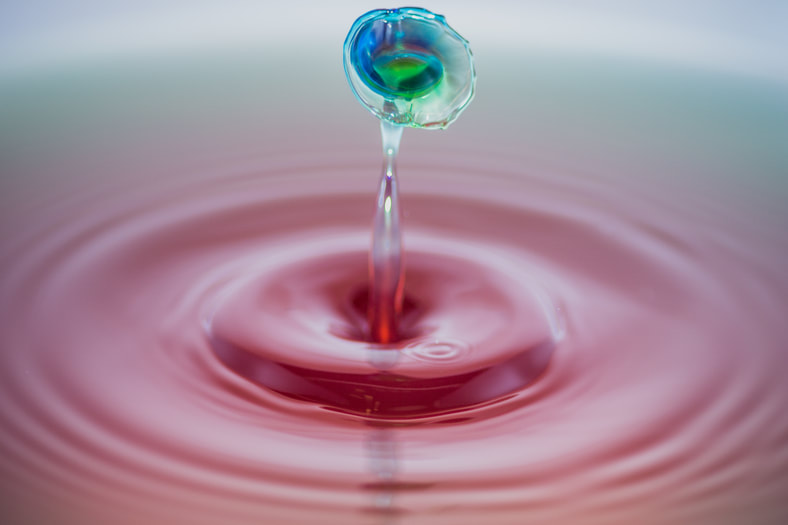February 17, 2023
Magical Solvent Could Open Up an Entirely New Dimension in Materials Design
Researchers at Cornell University are experimenting with a "magical" solvent that produces thin films with enhanced properties. This new dry-polymerization technique utilizes reactive vapors to produce stronger films with better mechanical strength, kinetics, and morphology. The process could lead to better polymer coatings for microelectronics, advanced batteries, and therapeutics. But enhanced coatings isn't the only benefit of using this technique, as researchers noted that it is also less damaging to the environment when compared to high temperature or solution based manufacturing. The new initiated chemical vapor deposition polymerization technique will also eliminate the need to restructure or redesign the chemistry of the polymer, since the process simply consists of adding a solvent. Researchers said the solvent acts like a Lego piece that when connected allows you to build new things that you couldn't before. Researchers also noted that eventually they will be able to screen which Lego blocks work best with each other to create films with different properties. This could open up an entirely new dimension in materials design. Learn more here.
February 28, 2023
Color Changing Coating Could be Incorporated Into Architecture for More Energy-Efficient Buildings
Color Changing Coating Could be Incorporated Into Architecture for More Energy-Efficient Buildings
Scientists recently developed a special color changing film that can change between high and low heat emission modes. The film uses very little energy and it is thinner than a credit card. It works by taking advantage of a phenomenon known as radiative cooling which dictates that most things radiate heat in the form of mid-infrared radiation. The trick is to find a way to trap the heat or release it, and to do so at whim without having to make any major adjustments or incorporate more energy draining technology. The structure of the film although very thin is actually quite complex, consisting of an extremely thin electrical conductor which is situated above a small water reservoir with copper ions dissolved inside .The material is set to high heat emission mode by default which could be interpreted as the building cooling mode. However, if the conductor applies a small electrical charge the material immediately changes to low heat emission mode or heat mode. Learn more here.


